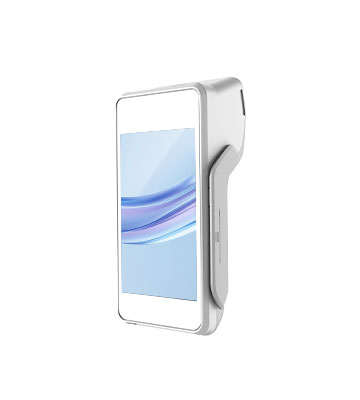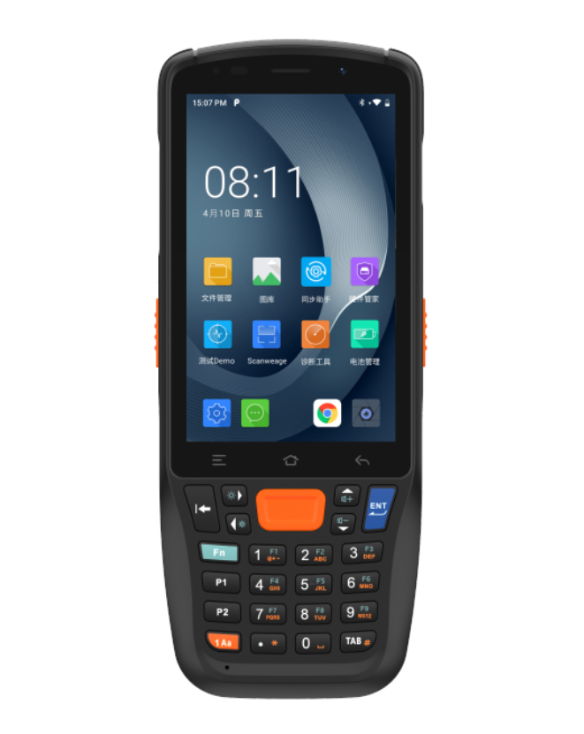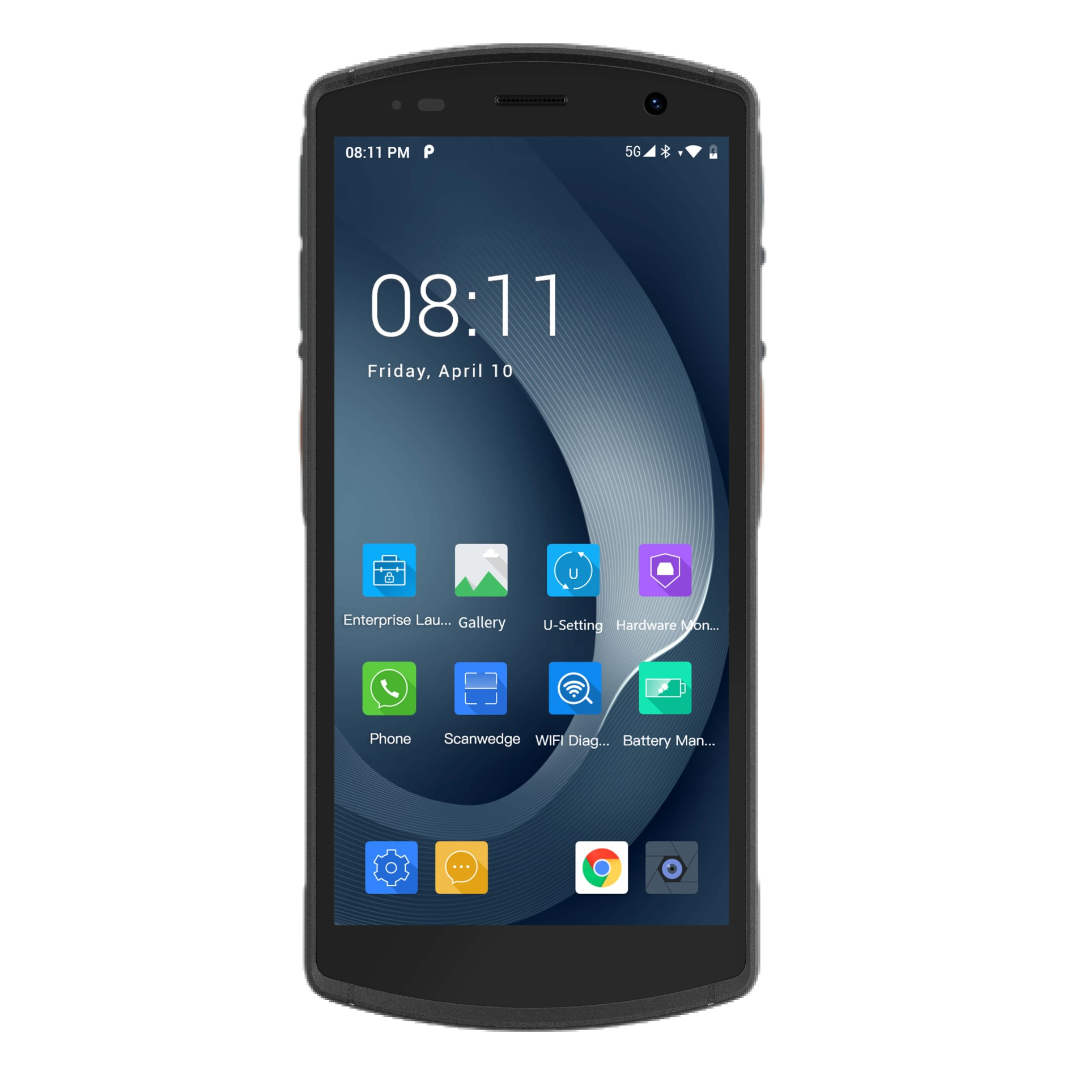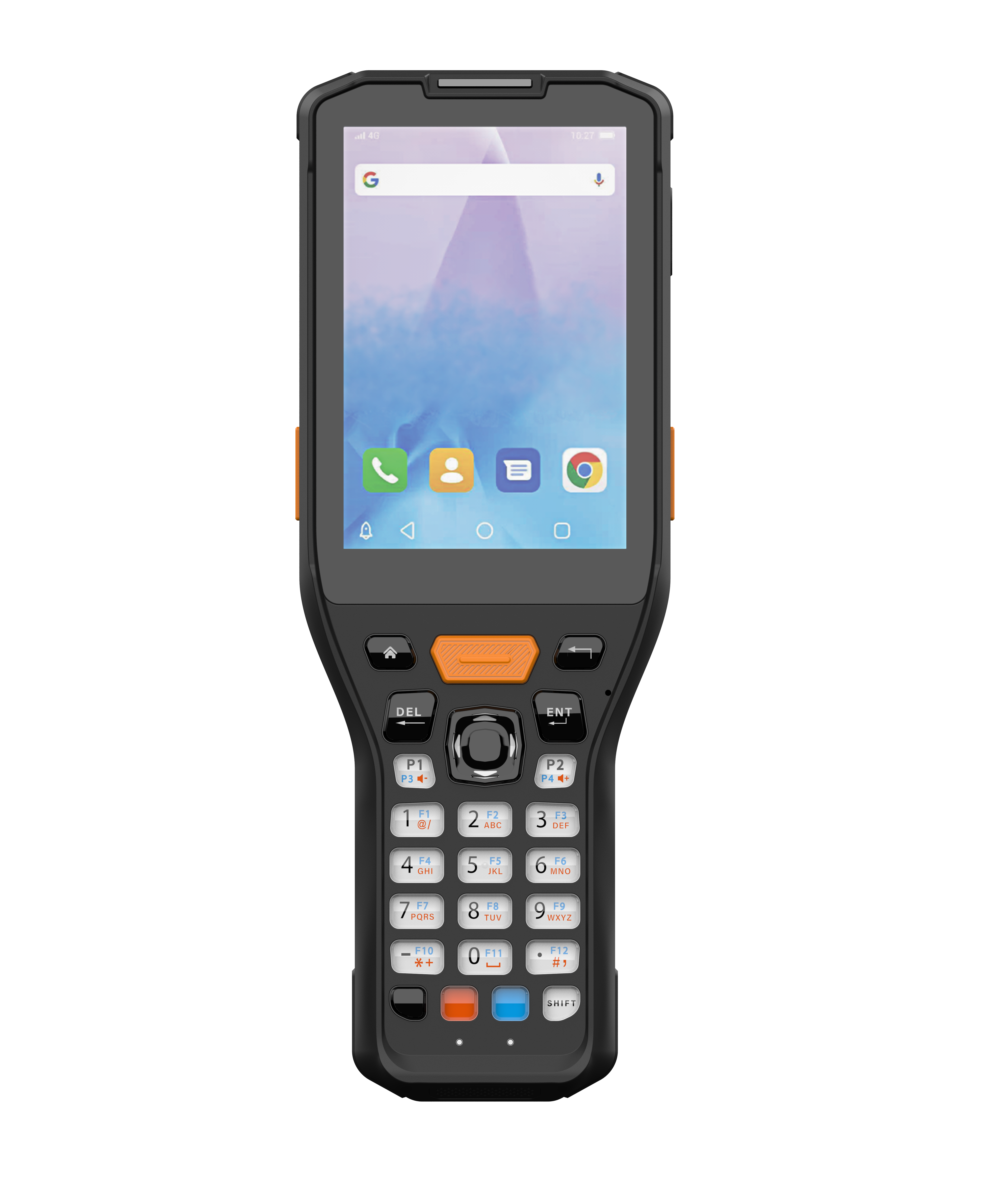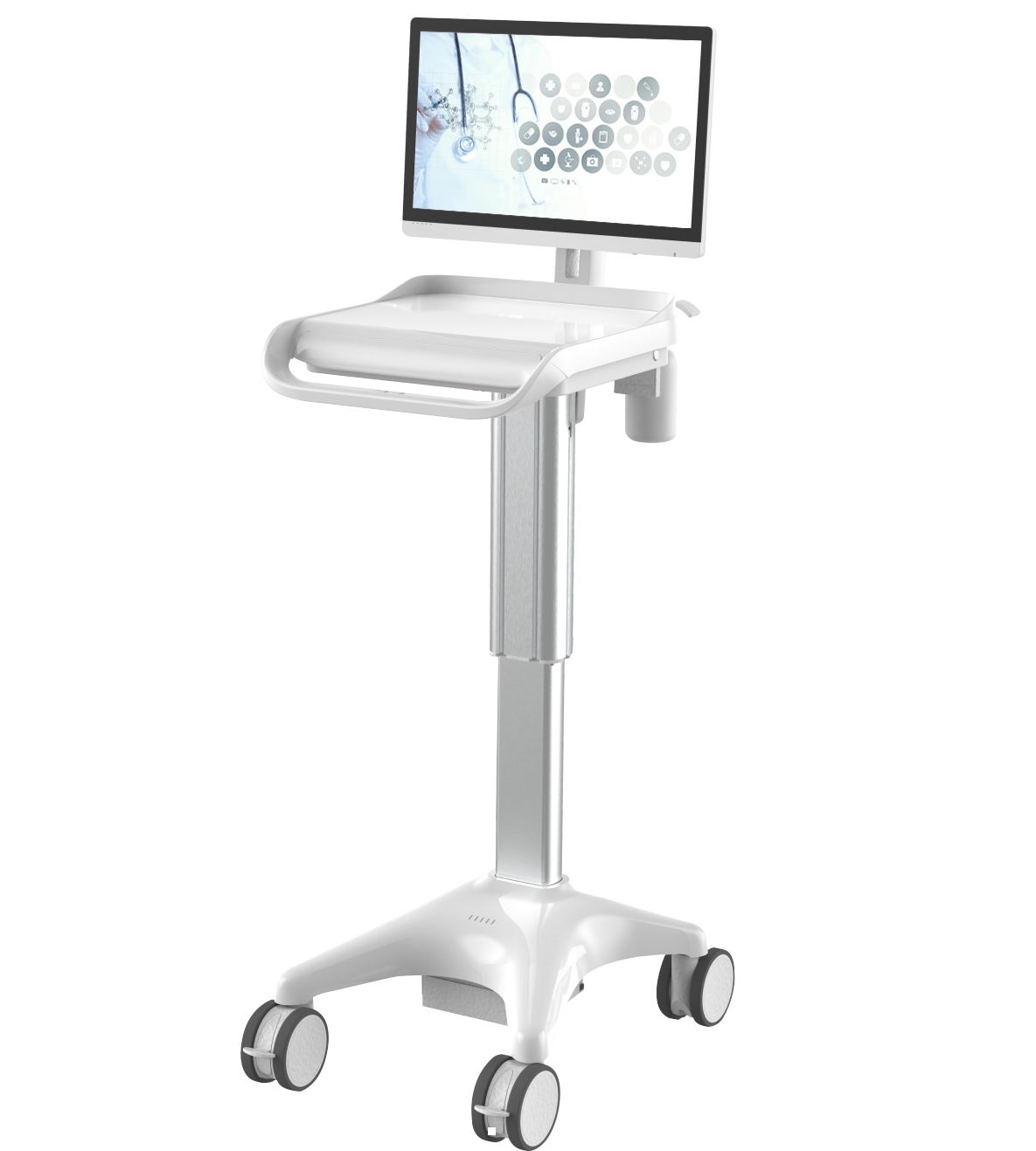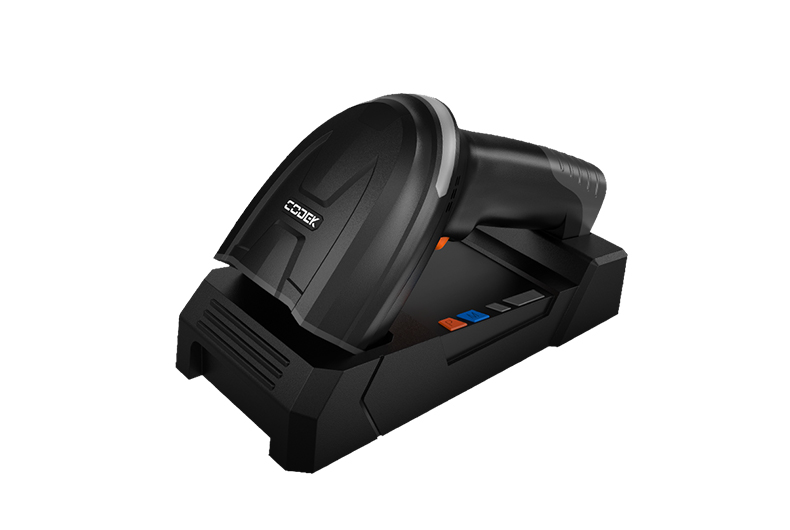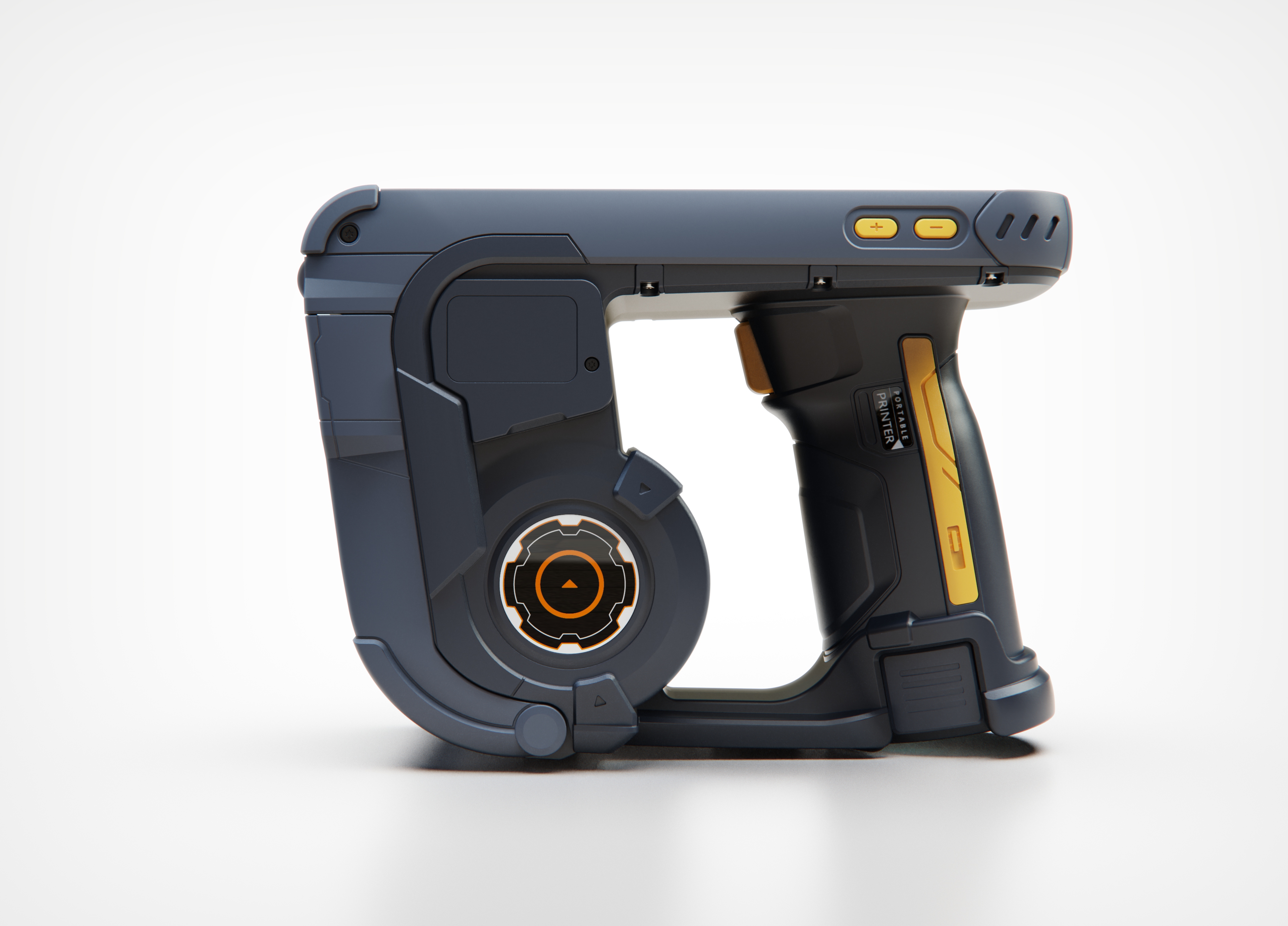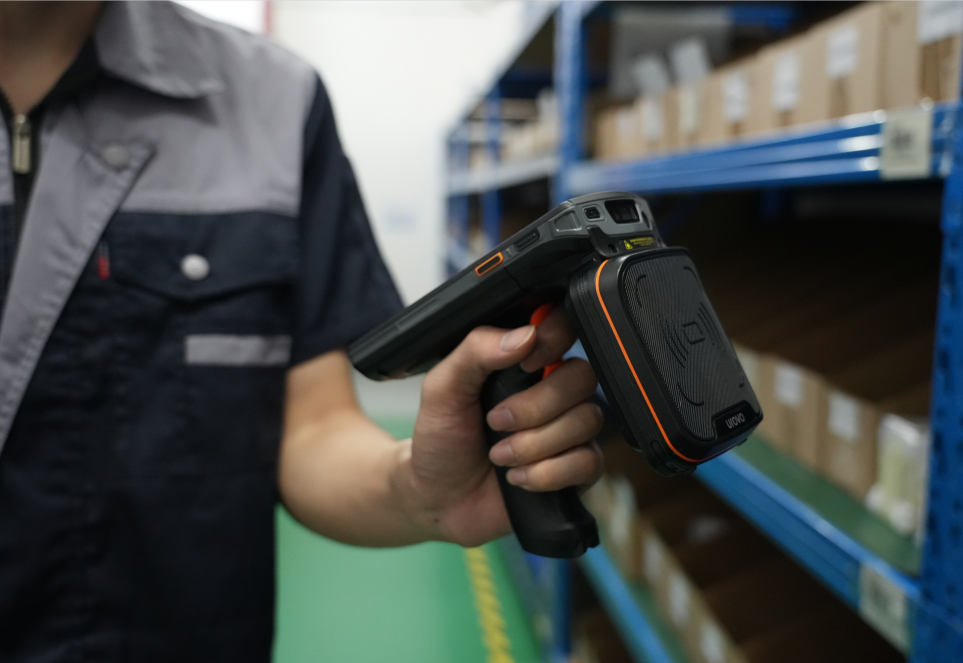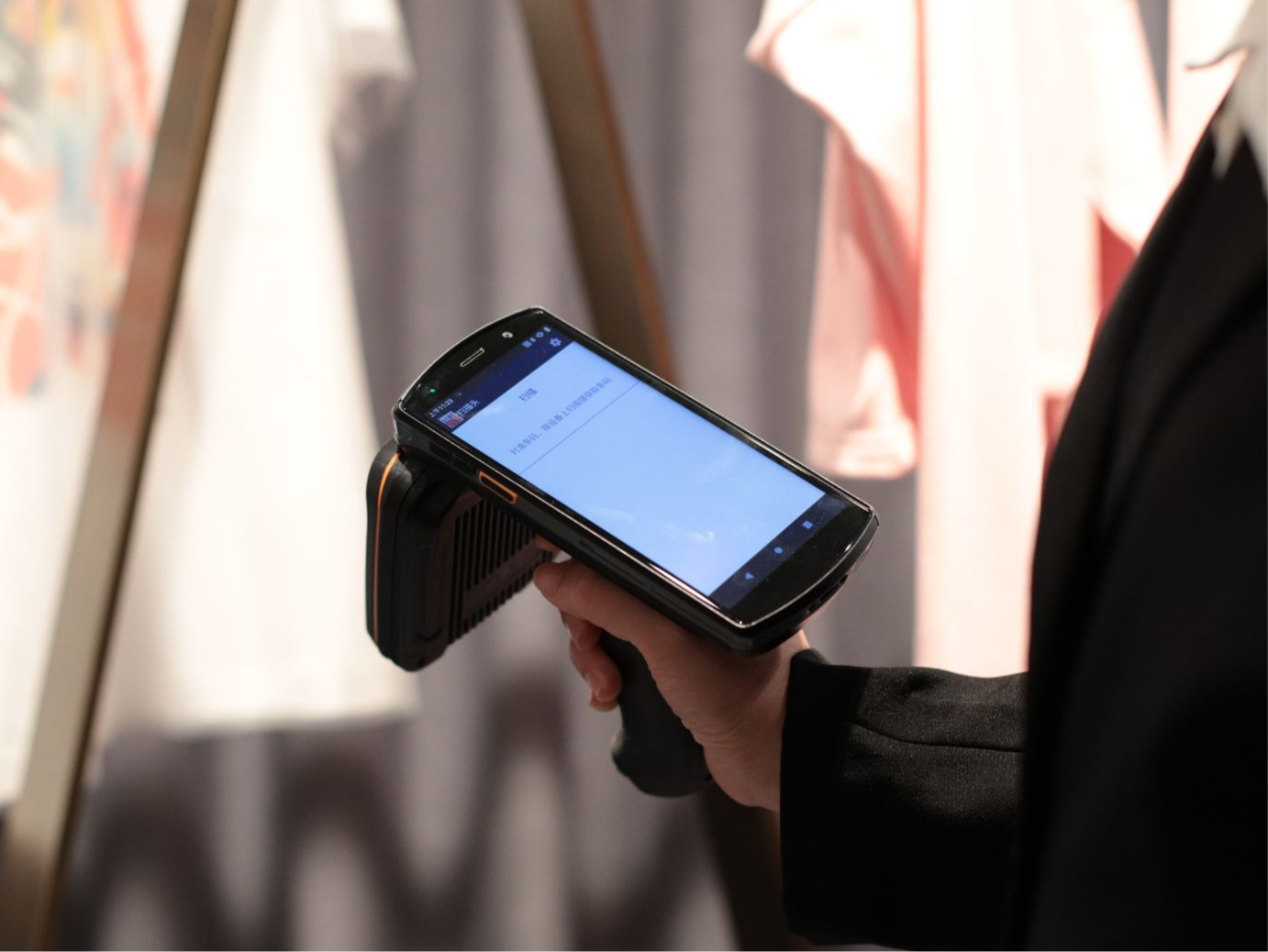The Application of RFID in Fixed Asset Management
Nowadays, labor costs are continuously on the rise. How to effectively finishing complex and time-consuming inventory counts through intelligent devices has become a central focus across all industries. More and more businesses are adopting RFID technology to streamline their fixed asset management and inventory processes.
The Challenges of Fixed Assets Management
Managing a large quantity of fixed assets is both time-consuming and costly. With their sheer numbers, widespread distribution, frequent location and quantity changes, it demands a huge labor investment to maintain inventory visibility when using traditional inventory methods. This results in high expenses and an increased risk of asset omissions or misreporting.
Fixed asset management involves a range of complex operations, including asset acquisition, allocation, disposal, maintenance, and inventory. During inventory procedures, manual calculations and records cause the potential for human errors, leading to inaccuracies in the final inventory results.
RFID in Asset Management Scenarios
RFID fixed asset management systems utilize Radio Frequency Identification (RFID) wireless technology to remotely identify and read tags within certain range. As a result, the application of RFID technology enables businessess to conduct rapid asset inventory and monitor assets in real-time.
To effectively manage fixed assets using RFID technology, RFID devices are essential. The primary RFID devices includes RFID printers, fixed RFID readers, and handheld RFID readers.
- RFID Printers
RFID Tag Encoding: RFID printers are used to encode RFID tags and associate them with assets. This allows assets to be uniquely identified and tracked throughout their entire lifecycle.
RFID Tag Printing: RFID printers can print RFID tags with asset information, enabling precise asset identification and management.
- Fixed RFID Readers
Inventory Management: Installing fixed RFID readers at the entry of warehouses allows for real-time reading of RFID tag for inbound and outbound assets. As fixed assets enter the reading range of the readers, the RFID tag's information is instantly acquired. This eliminates the need for manual scanning, automatically updates inventory, and generates corresponding records for asset movements.
Security Control: Through integration with access control systems or security control systems, fixed RFID readers can identify whether assets have valid RFID tags, enhancing security control for assets entering or leaving specific areas.
Asset Localization and Tracking: Placing fixed RFID readers in specific areas enables high-precision asset localization by reading RFID tags in real-time. This facilitates real-time monitoring of asset locations and tracking their movements, reducing the risk of loss or misplacement.
- Handheld RFID Readers
Batch Inventory Management: Handheld RFID terminals allow for the fast and accurate read of multiple RFID tag simultaneously, supporting batch inventory checking. These handheld devices can be easily taken to any workplaces, which maximizes the value of your device investment.
Real-time Data Sync: Handheld RFID terminals enable real-time data synchronization with the enterprise asset management system, ensuring the timely inventory update to the system.
Information Inquiry: Handheld RFID terminals are used to inquire about detailed asset information, including location, status, ownership, and more, providing real-time asset management capabilities.
Conclusion: Advantages of RFID Asset Management
Enhanced Efficiency: RFID devices can facilitate inventory counts, boosting counting speed several times over while automatically generating inventory reports. With an RFID asset management system, automated asset management is achieved, increasing management efficiency by over 50%.
Improved Asset Security: Every time an asset is requested for borrowing, reallocation, maintenance, etc., corresponding operation records are generated. These requests are then submitted to asset administrators for approval, enabling traceability of each asset movement.
Transparent Asset Lifecycle: RFID asset management covers the entire lifecycle of assets, including asset inbound, reallocation, maintenance, and disposal. This whole lifecycle tracking not only strengthens asset visibility but also facilitates restocking. It enhances daily work efficiency, reduces workload and labor cost, and promotes more data-based decisions.
UROVO RFID Solutions
As a leading provider in the AIDC field, UROVO has successfully developed and introduced a series of RFID products to the market. These products include the Ultra High-Frequency (UHF) handheld RFID terminals DT50P and DT50D, the fixed RFID reader FR1000, and the Ultra High-Frequency desktop RFID printer D812R Plus. These innovations will assist businesses in conducting more efficient fixed asset management with improved speed and accuracy, and also achieves digitalized and intelligent asset management.


